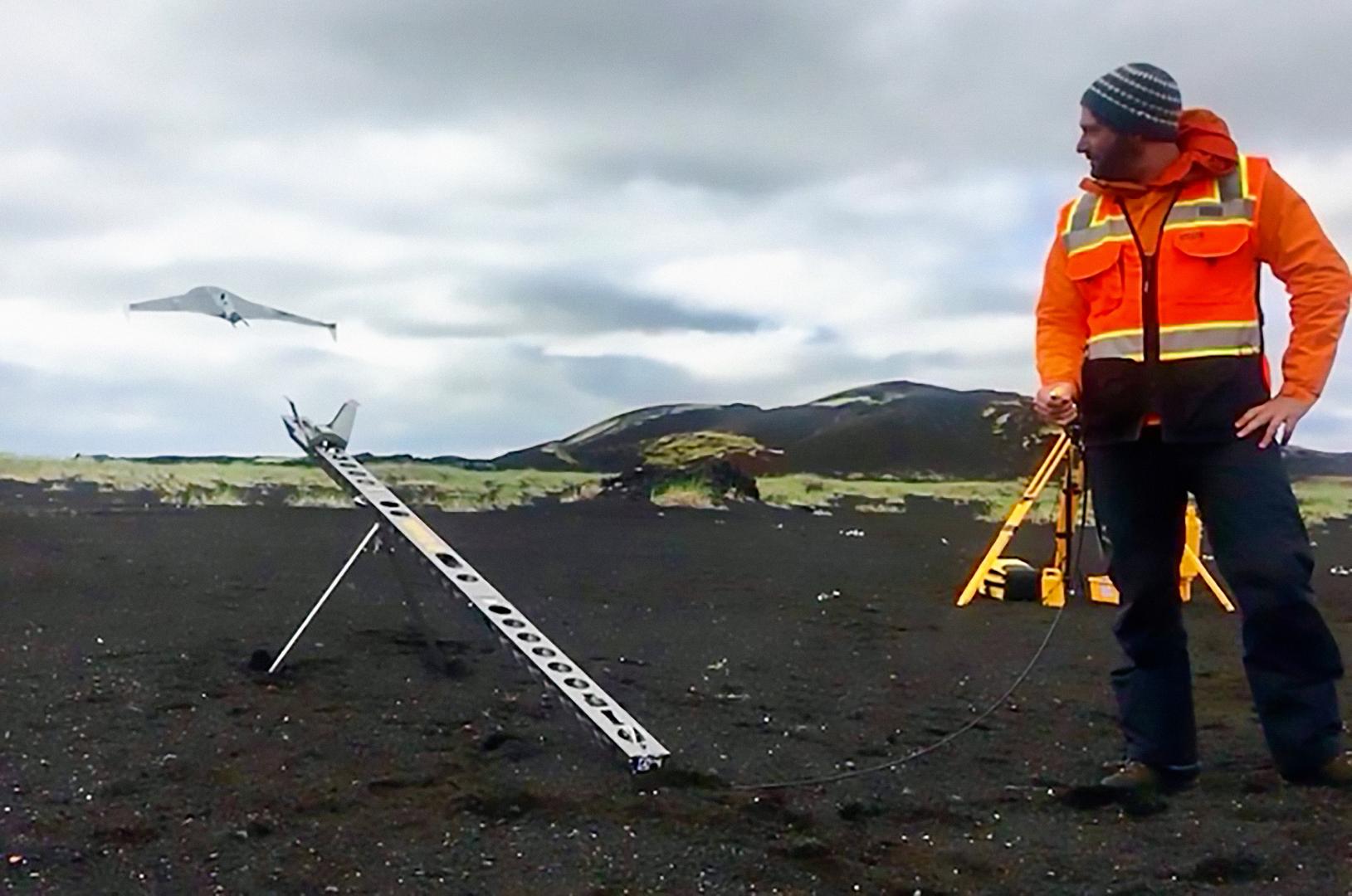
By Daniel Stolte, Alumni Association - Spring 2021
UArizona’s Lunar and Planetary Laboratory programs are influenced by early Apollo missions and Gerard Kuiper’s approach to teaching. He took his students on field trips to places on Earth that he felt were representative of what students might see on the moon or in the solar system, such as Meteor Crater in northern Arizona, dune fields or the extensive lava flows blanketing the Big Island of Hawaii.
Those types of instructive field trips continue today. “During our field trips, students visit planetary analog sites,” says Tim Swindle, director of the UArizona Department of Planetary Sciences and LPL. “It’s an important part of our department culture.
“We can send a robotic spacecraft to places in our solar system and beyond, but we’ll never be able to see them as well as we can see places on Earth,” Swindle says. “By comparing those sites using every scientific technique we can think of, we can learn what those places out there in space might be like.”
The latest explorations will include a team of scientists led by LPL’s Christopher Hamilton, an associate professor. They are gearing up to send drones on exploration missions across a vast lava field in Iceland to test a next-generation Mars exploration concept.
Hamilton is the principal investigator on a project that has been awarded a $3.1 million NASA grant to develop a new concept combining rovers and unmanned aerial systems, commonly known as drones, to explore regions of the red planet that have been previously inaccessible. These new Rover–Aerial Vehicle Exploration Networks will be tested in Iceland to explore volcanic terrains similar to those observed on Mars.
RAVEN adds an entirely new approach to NASA’s paradigm of planetary exploration, which traditionally has centered around four steps, each building on the scientific findings of the previous one: flyby, orbit, land and rove, according to Hamilton.
The first spacecraft sent to a previously unvisited body in the solar system commonly executes a flyby pass to collect as many data as possible to inform subsequent robotic missions, which consist of another space probe placed into orbit, then a lander, which studies the surface in one place, and, finally, a rover built to move around and analyze various points of scientific interest.
“With RAVEN, we’re adding ‘fly’ to that list,” Hamilton says. “The concept is geared toward building new technology for two robots to work together on an extraterrestrial body. We are going to look at how a rover and a drone can work together to maximize the scientific output of such a mission.”
Previous analog research at UArizona includes preparation for the 2008 Phoenix Mars mission, the first planetary mission led by a university. Then, a UArizona team traveled to Antarctica to study how the instruments they had developed would work in what is considered the most Mars-like environment on Earth.

